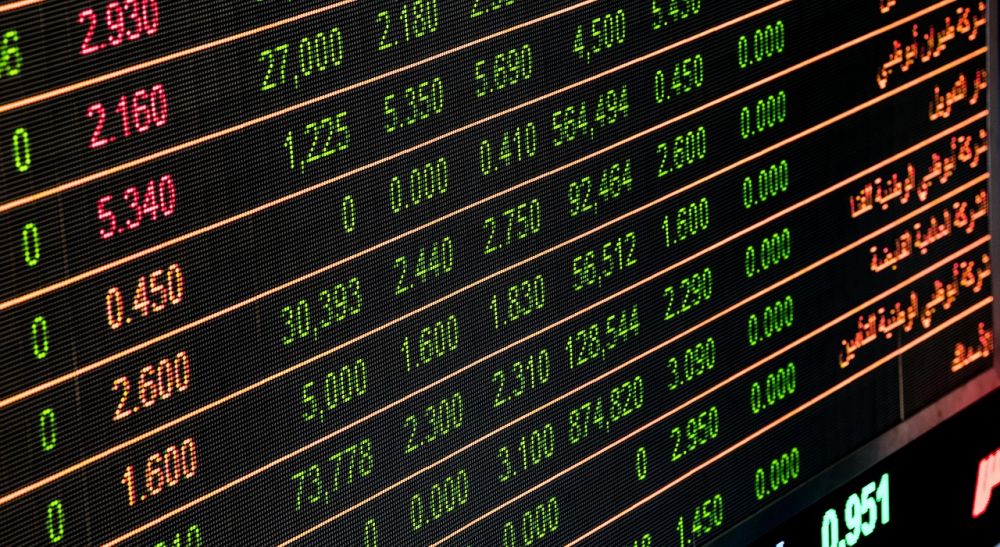Norwegian Aksjer: A Comprehensive Overview of Norway's Stock Market

Introduction
The Norwegian stock market, also known as «norwegian aksjer,» plays a crucial role in the country’s economy. This article aims to provide a deep understanding of Norwegian stocks, their types, popularity, quantitative measurements, differences, as well as a historical review of their advantages and disadvantages. Whether you are a financial advisor or an individual looking to invest in Norwegian stocks, this comprehensive guide will equip you with the knowledge to make informed decisions.
I. An In-depth Overview of Norwegian Aksjer

Norwegian aksjer refers to shares or stocks of companies listed on the Oslo Stock Exchange (OSE). This stock market is the primary source of capital for Norwegian businesses and offers various opportunities for investors. It is regulated by the Financial Supervisory Authority of Norway (FSAN) to ensure transparency and fair trading.
II. An Extensive Presentation of Norwegian Aksjer
a) Types of Norwegian Aksjer:
i. Blue Chips: These are shares of large, well-established, and financially stable companies with a history of consistent performance. Examples include Equinor, DNB, Telenor, and Norsk Hydro.
ii. Mid-Caps: These are shares of medium-sized companies with potential for growth and expansion. Some prominent mid-cap stocks are Lerøy Seafood, Yara International, Grieg Seafood, and Olav Thon Eiendomsselskap.
iii. Small-Caps: These are shares of relatively smaller companies with considerable growth potential but higher risks. Examples include SalMar, Nordic Nanovector, BW Offshore, and Link Mobility Group.
b) Popular Norwegian Aksjer:
The popularity of Norwegian aksjer varies based on market trends and performance. Currently, Equinor, DNB, and Telenor are among the most popular stocks due to their stability, dividends, and growth prospects. Other popular options include Norsk Hydro, Yara International, and Grieg Seafood, which have shown resilience and attractiveness to investors.
III. Quantitative Measurements of Norwegian Aksjer
a) Market Capitalization: One important quantitative metric is the market capitalization of Norwegian companies. This measures the total value of all outstanding shares and helps investors understand the size and scale of a company. Equinor has the highest market capitalization in Norway as a global energy company.
b) Price-to-Earnings (P/E) Ratio: P/E ratio compares the current market price of a stock to its earnings per share. It gives investors an insight into the valuation of a company relative to its earnings potential. Understanding the P/E ratio helps determine if a stock is overpriced or undervalued.
c) Dividend Yield: Dividend yield is the ratio of a company’s annual dividend per share to its share price. It indicates the return on investment through dividends. Companies like Telenor and Equinor often have attractive dividend yields due to their consistent earnings.
d) Volatility: Volatility is a measure of the price fluctuations of a stock over a specific period. Higher volatility indicates greater risk and potential rewards. It is important for investors to evaluate the historical volatility of Norwegian aksjer before making investment decisions.
IV. Differentiating Norwegian Aksjer
Norwegian aksjer can differ in various ways, such as industry focus, risk profile, historical performance, and growth potential. For example, Equinor operates in the energy sector and is affected by oil prices, while DNB is a banking and financial services company more influenced by economic trends. Understanding these differences allows investors to diversify their portfolios effectively.
V. Historical Review of Advantages and Disadvantages of Norwegian Aksjer
a) Advantages:
i. Stable Economy: Norway’s robust economy, driven by oil and gas, seafood, and technology sectors, offers a stable investment environment.
ii. Strong Regulatory Framework: Norway has stringent regulations and a transparent legal system that protects investors’ rights and fosters fair trading practices.
iii. Dividend Payments: Many Norwegian companies have a history of regular dividend payments, offering attractive returns to investors.
b) Disadvantages:
i. Dependency on Oil Prices: A significant proportion of Norwegian aksjer are influenced by oil prices, making them vulnerable to fluctuations in the global energy market.
ii. Limited Investment Options: The relatively small size of the Norwegian stock market compared to international markets limits the number of available investment options.
Conclusion
Investing in Norwegian aksjer can be a rewarding endeavor, provided investors possess a deep understanding of the market’s dynamics, types of stocks, quantitative measurements, differences, and historical advantages and disadvantages. By staying informed and conducting thorough research, financial advisors and individuals can make informed decisions to maximize returns and mitigate risks in the Norwegian stock market.
Sources:
– Oslo Stock Exchange (OSE)
– Financial Supervisory Authority of Norway (FSAN)
– Company websites and financial reports





